
© Stephen Kinzer
One might think that by now even Americans would have caught on to the constant stream of false alarms that Washington sounds in order to deceive the people into supporting its hidden agendas.
The public fell for the lie that the Taliban in Afghanistan are terrorists allied with al Qaeda. Americans fought a war for 13 years that enriched Dick Cheney's firm, Halliburton, and other private interests only to end in another Washington failure.
The public fell for the lie that Saddam Hussein in Iraq had "weapons of mass destruction" that were a threat to America and that if the US did not invade Iraq Americans risked a "mushroom cloud going up over an American city." With the rise of ISIS, this long war apparently is far from over. Billions of dollars more in profits will pour into the coffers of the US military security complex as Washington fights those who are redrawing the false Middle East boundaries created by the British and French after WW I when the British and French seized territories of the former Ottoman Empire.
The American public fell for the lies told about Gaddafi in Libya. The formerly stable and prosperous country is now in chaos.
The American public fell for the lie that Iran has, or is building, nuclear weapons. Sanctioned and reviled by the West, Iran has shifted toward an Eastern orientation, thereby removing a principal oil producer from Western influence.
The public fell for the lie that Assad of Syria used "chemical weapons against his own people." The jihadists that Washington sent to overthrow Assad have turned out to be, according to Washington's propaganda, a threat to America.
The greatest threat to the world is Washington's insistence on its hegemony. The ideology of a handful of neoconservatives is the basis for this insistence. We face the situation in which a handful of American neoconservative psychopaths claim to determine the fate of countries.
Many still believe Washington's lies, but increasingly the world sees Washington as the greatest threat to peace and life on earth. The claim that America is "exceptional and indispensable" is used to justify Washington's right to dictate to other countries.
The casualties of Washington's bombings are invariably civilians, and the deaths will produce more recruits for ISIS. Already there are calls for Washington to reintroduce "boots on the ground" in Iraq. Otherwise, Western civilization is doomed, and our heads will be cut off. The newly created propaganda of a "Russian threat" requires more NATO spending and more military bases on Russia's borders. A "quick reaction force" is being created to respond to a nonexistent threat of a Russian invasion of the Baltics, Poland, and Europe.
Usually it takes the American public a year, or two, three, or four to realize that it has been deceived by lies and propaganda, but by that time the public has swallowed a new set of lies and propaganda and is all concerned about the latest "threat." The American public seems incapable of understanding that just as the first, second, third, fourth, and fifth, threat was a hoax, so is the sixth threat, and so will be the seventh, eighth, and ninth.
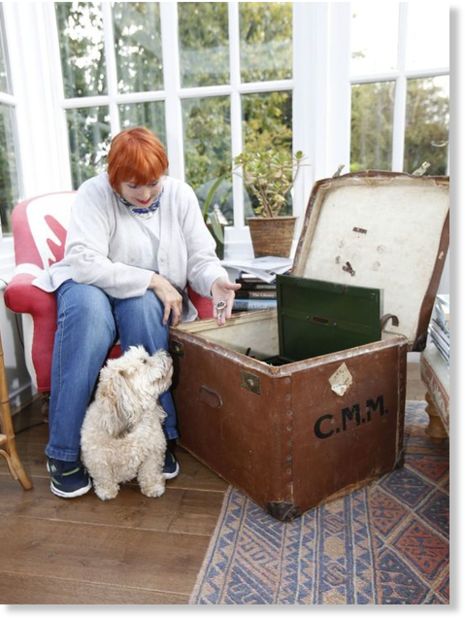


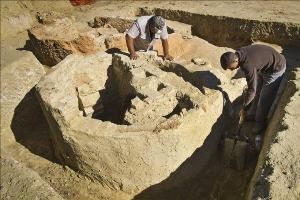
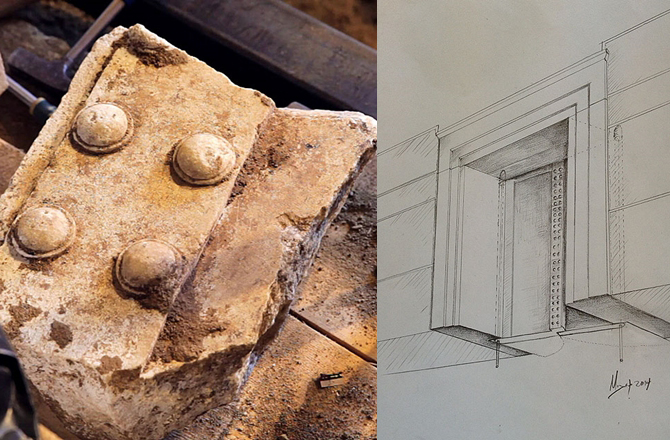
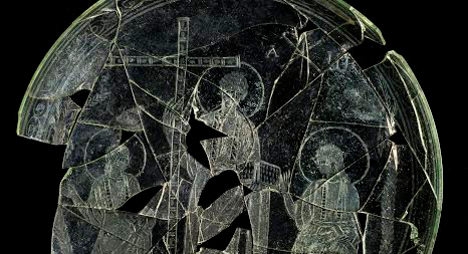
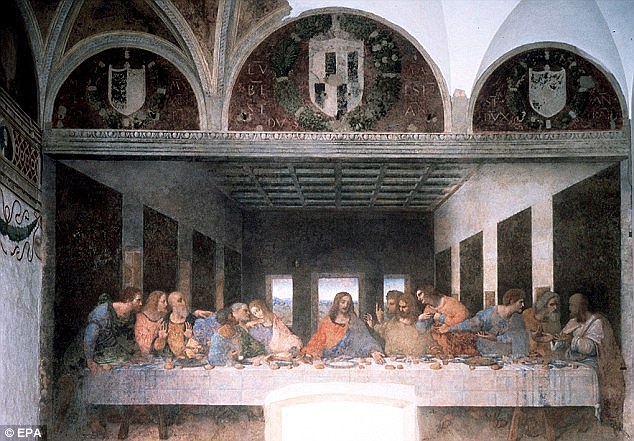
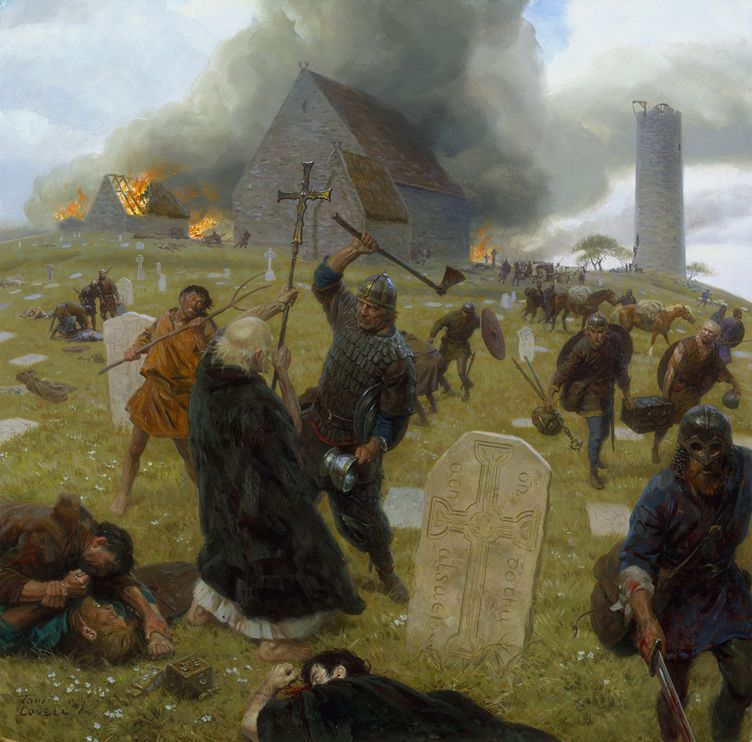


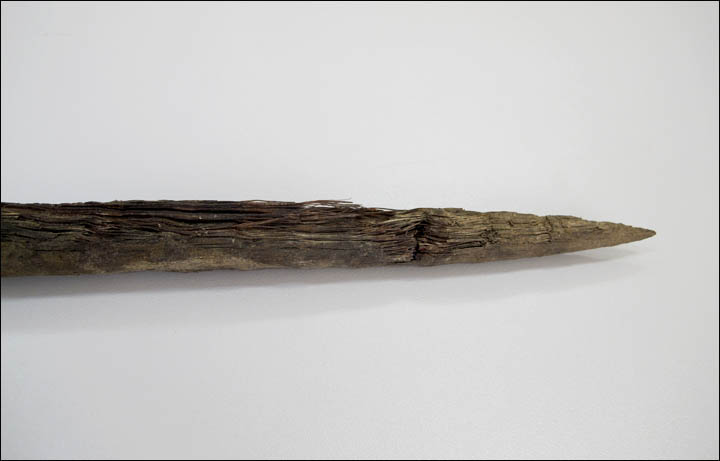



Comment: Was the Jesus legend based on any other popular historical figure?
Was Julius Caesar the real Jesus Christ?
Who was Jesus?